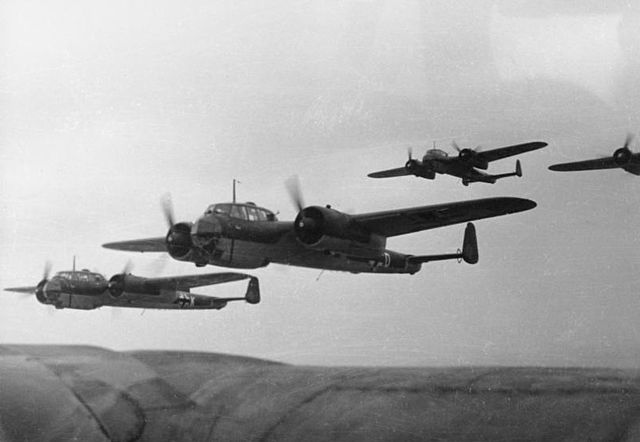Luftwaffe radio equipment of World War II
During World War II, the German Luftwaffe relied on an increasingly diverse array of electronic communications, IFF and RDF equipment as avionics in its aircraft and also on the ground. Most of this equipment received the generic prefix FuG for Funkgerät, meaning "radio equipment". Most of the aircraft-mounted Radar equipment also used the FuG prefix. This article is a list and a description of the radio, IFF and RDF equipment.
FuG 10 radio panel from a Dornier Do 17
FuG 16 Z radio
The Dornier Do 17 is a twin-engined light bomber produced by Dornier Flugzeugwerke for the German Luftwaffe during World War II. Designed in the early 1930s as a Schnellbomber intended to be fast enough to outrun opposing aircraft, the lightly built craft had a twin tail and "shoulder wing". Sometimes referred to as the Fliegender Bleistift or the Eversharp it was popular among its crews due to its handling, especially at low altitude, which made the Do 17 harder to hit than other German bombers.
Dornier Do 17
The Do 17 carried a single pilot; to his right sat one of two dedicated gunners
FuG 10 radio set
Dornier Do 17E somewhere in Sicily with DFS 230 gliders, 1943






